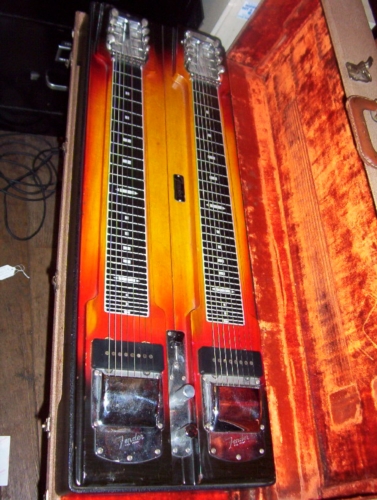E_________________________________________________________________
C#___8_______________8___7_______________7___6_______________6____
A____8___8_______8___8___7___7_______7___7___6___6_______6___6____
G________8___8___8___________7___7___7___________6___6___6________
E____8_______8_______8___7_______7_______7___6_______6_______6____
C#_______8_______8___________7_______7___________6_______6________
A____________8___________________7___________________6____________
G_________________________________________________________________
E_________________________________________________________________
A____P5~~~~~~~~~~~~~~____P4,5~~~~~~~~~~~~~___P1,2~~~~~~~~~~~~~____
E_________________________________________________________________
C#____~4___3___4___~6___4_________________________________________
A_______________________4_________5~~~8____6______________________
G_____~4___3___4___~6___4_________5~~~8____6______________________
E_______________________4_________5~~~8___________________________
C#______________________4_________5~~~8___________________________
A_____~4___3___4___~6___4_________5~~~8___________________________
G_________________________________________________________________
E_________________________________________________________________
A____ P5__P5___P5_______P5,RKL____P4,5____P4,5____________________
E____________6______6_______|_____________________________________
C#___________6______6_______|_____________________________________
A___________________________|_____________________________________
G____5___6___6______6_______|_____________________________________
E____5___6__________________|_____________________________________
C#__________________________|_____________________________________
A____5___6__________________|_____________________________________
G____P2~~~___P2,3___________|_____________________________________
E__________11___10____6_let_______6_______6______________6___6____
C#____________________6_off_______6_______6______________6___6____
A_____8_________________pedal_____________________________________
G_____8____11___10____6_three_____6_______6_____5____6___6___6____
E_______________________after___________________5____6____________
C#____8_________________picking___________________________________
A_______________________________________________5____6____________
G_____P5___P1_________P1,2,3_____P1,2____P1,2___P2___P2__P3_______
E_____11___10____6________6_______________________________________
C#_______________6________6_______________________________________
A_________________________________________________________________
G_____11___10____6________6_______________________________________
E_________________________________________________________________
C#________________________________________________________________
A_________________________________________________________________
G_____P1_________P1,2,3___________________________________________
Now is the Hour | My Tani | Beyond The Reef
On my A7th, I lower string 5 from an E to a D# with a knee lever,
which is equivalent to pedal 6 on a standard Texas C6th pedal
steel setup. I use this change along with the 4th pedal, which is my C6th
pedal. Lowering the 5th string from E to Eb is a must have for me on the
A7th.
So pedal 4 gives me a C6th all the way across the neck. If I press pedal 5
along with pedal 4, that is equivalent to pressing pedal 5 on the Texas C6th
setup; and my RKL is equivalent to the 6th pedal on the Texas C6th setup.
Here's some tabs to show what I mean. Frets 4,7,10 and 13 here are
diminished chords. If you don't have a knee lever change to raise string 3 a
half tone, then you can obtain a diminished chord this way instead, although
raising string 3 is much more practical and handy in working up
arrangements...
E_____________________________________0___________________________
C#___5______4~~~7~~~10~~~13__________5~___________________________
A____5______4~~~7~~~10~~~13_________5~~___________________________
G____5______4~~~7~~~10~~~13________5~~~___________________________
E____5______4~~~7~~~10~~~13_______5~~~~___________________________
C#___5______4~~~7~~~10~~~13______5~~~~~___________________________
A____5______4~~~7~~~10~~~13_____5~~~~~~___________________________
G____5______4~~~7~~~10~~~13____5~~~~~~~___________________________
E_________________________________________________________________
A____P4_____P4,5,RKL~~~~~~~____P4_________________________________
Above, pedals 4,5 and the RKL all used together are identical to pressing
pedals 5,6 together on a standard Texas C6th setup. If you're coming over
from playing C6th on pedal steel to A7th, this should help you feel a bit at
home. The A7th is a different mindset from the pedal steel C6th, but
extremely rewarding as you've got all the non-pedal tunings right here in
front of you to work with now. END





